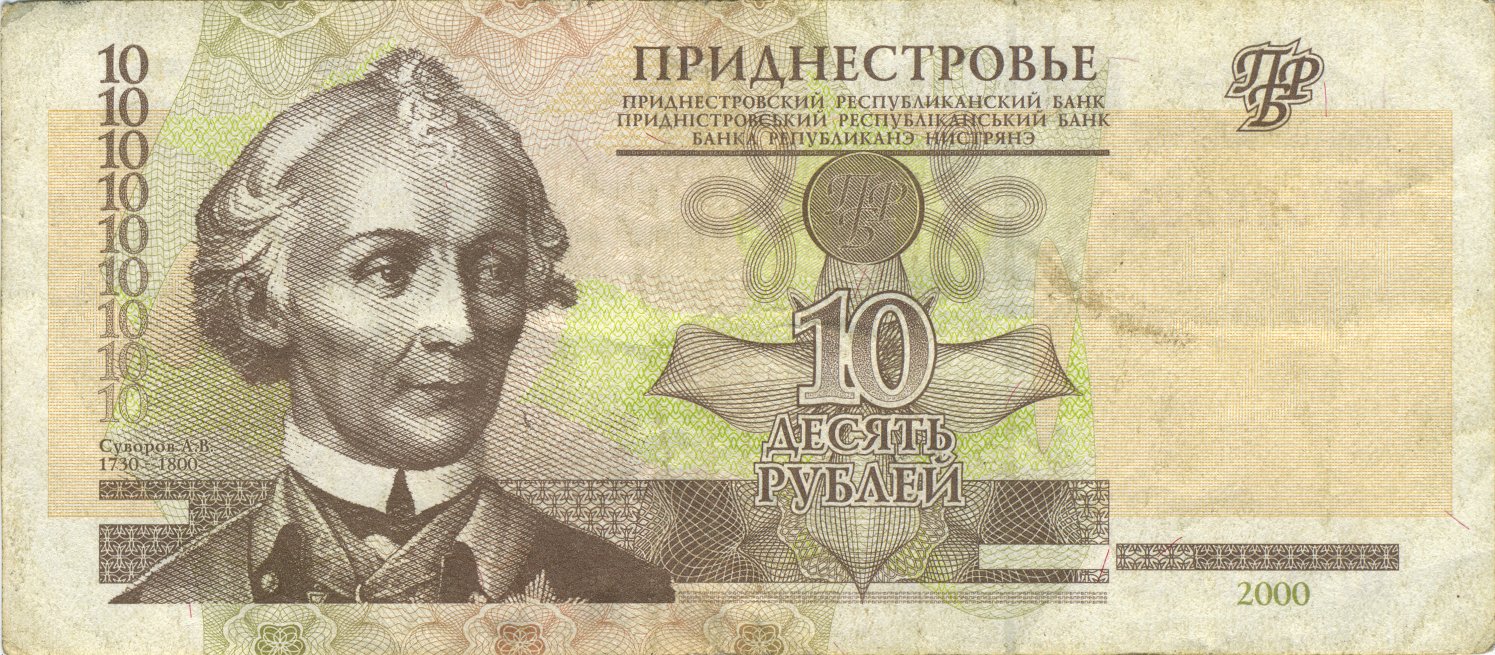Vivek Kaul
The Russian rouble has been crashing over the last few days. On December 10, 2014, one dollar was worth 55 roubles. After this, the rouble started crashing against the dollar and it even touched 73 to a dollar on December 16, 2014. This happened despite the Russian central bank raising interest rates to 17%.
Interestingly, as I write this in the late evening on December 17, the rouble has recovered to 62 to a dollar, after the Russian central bank promised to sell close to $7 billion to buy roubles, in a bid to push up the value of the currency.
The Russian government is totally dependent on revenue from oil. With the price of Brent Crude Oil falling below $60 per barrel, the Russian economy is expected to contract majorly next year. This has led to foreign investors exiting Russia.
When foreign investors exit Russia they sell the roubles they have and buy dollars. This leads to an excess supply of roubles in the market and a demand for dollars. This led to the rouble crashing against the dollar. The Russian central bank is now selling dollars and buying roubles being sold and in the process has managed to stop the crash for the time being.
But that’s the simple bit. The first question that arises here is how did the Russian economy become so heavily dependent on money coming in from selling oil. Currently, nearly 50% of government’s income comes from oil. Oil also makes up for two-thirds of Russian exports.
The answer to this question is provided by Yegor Gaidar in an excellent research paper titled The Soviet Collapse: Grain and Oil. Between 1991 and 1994, Gaidar was acting prime minister of Russia, minister of economy and the first deputy prime minister.
The story starts with Joseph Stalin who was the leader of the Soviet Union from 1922 till his death in 1952. Stalin essentially forced collectivization and expropriation of agriculture. “The result of the disastrous agriculture policy implemented between the late 1920s and the early 1950s was the sharpest fall of productivity experienced by a major country in the twentieth century,” writes Gaidar.
In the 1960s, this “state production of grain stabilized” and remained fixed at around 65 million tonnes per year, until the late 1980s. The trouble was that the urban population was increasing and more grain was needed. This led to Russia becoming a major importer of food grains.
As Gaidar points out: “The cities, however, continued to grow. What policy could succeed if a country had no increase in grain production and an 80 million–person increase in its urban population? The picture was bleak. Russia, which before World War I was the biggest grain exporter—significantly larger than the United States and Canada—started to be the biggest world importer of grain, more so than Japan and China combined.”
So, the harebrained agricultural policies of Stalin turned the world’s biggest exporter of grains into the world’s biggest importer, in a matter of a few decades. The trouble was that the imports had to be paid for in hard currency (largely dollars). Nations like Japan were also importing food grains, but then they also were exporting a lot of goods using “their machine-building and processing industries” as well. This helped Japan earn the foreign exchange it needed to pay for its imports.
The Soviet Union did not have this ability simply because it had followed a policy of “socialist industrialization” which had resulted in “in the Soviet industry being unable to sell any processed (value-added) products”.
Since no one would buy machine products manufactured in the Soviet Union, it became a big exporter of raw materials which included oil and gas. As Gaidar writes: “The Soviet economy thus hinged on its ability to produce and export raw commodities—namely, oil and gas. The Soviet leadership was extremely fortunate: at almost exactly the time when serious problems with the import of grain emerged, rich oil fields were discovered in the Tyumen region of Western Siberia.”
So, oil and gas helped the Soviet Union earn enough dollars to pay for the food grains that it needed to feed its citizens. The country was totally dependent on the revenue from oil and gas.
In fact, its leaders had to get the Tyumenneftegaz (the production association of the oil and gas industry in the Tyumen region) to produce more than what had been initially planned for. “The Soviet premier, Aleksey Kosygin, used to call the chief of the Tyumenneftegaz, Viktor Muravlenko, and explain the desperation of the situation: “Dai tri milliona ton sverkh plana. S khlebushkom sovsem plokho” [Please give three million tons above the planning level. The situation with the bread is awful],” writes Gaidar.
After the breakup of the Soviet Union in 1991, this model has been followed by Russia as well. The trouble is that over the years Russia started to assume that high oil prices would stay forever. As Gaidar puts it: “ the idea that “high oil revenues are forever” has gained an even wider acceptance.”
Interestingly, The Financial Times reports that around two weeks back, the current Russian president Vladmir Putin, “ signed the federal budget for 2015-17 — which is still based on forecasts of 2.5 per cent annual gross domestic product growth, 5.5 per cent inflation and oil at $96 a barrel.” As I write this Brent Crude Oil is selling at around $59.3 per barrel, inflation is about to cross 10% and the economy is expected to contract in 2015. Hence, the assumptions are going all wrong.
The Russian government’s budget becomes balanced at a price of close to $100 per barrel, which is nearly 66% higher than the current price of oil. Interestingly, Russia is not the only country which has worked out its government finances assuming a high price of oil.
As Ambrose Evans-Prtichard recently wrote in The Daily Telegraph: “ The fiscal break-even cost is $161 for Venezuela, $160 for Yemen, $132 for Algeria, $131 for Iran, $126 for Nigeria, and $125 for Bahrain, $111 for Iraq, and $105 for Russia, and even $98 for Saudi Arabia itself, according to Citigroup.”
This applies to the Organization of Petroleum Exporting Countries as well. As Javed Mian writes in an investment letter titled Stray Reflections and dated November 2014: “Once all the costs of subsidies and social programs are factored-in, most OPEC countries require oil above $100 to balance their budgets. This raises longer-run issues on the sustainability of the fiscal stance in a low-oil price environment.”
Moral of the story: Countries cannot be dependent on revenue from just one major source like oil sales. It is like the old investment wisdom which the financial planners never get tired repeating: “Don’t put all your eggs in one basket”.
What applies to long-term investing applies to countries as well. The basic lesson is the same.
Postscript: Yesterday I had written about why the government should not be bailing out SpiceJet. But what has happened is exactly the opposite. In fact, the ministry of civil aviation said in a statement: “Indian banks may be requested to give some working capital loan based on the assurances of the promoter. Banks or financial institutions to lend up to Rs 600 crore backed by a personal guarantee of the chairman, SpiceJet.”
The question is if the promoters of SpiceJet are not willing to sink in any more money into the airline why are banks being “requested” to lend? This in a scenario where the stressed assets of public sector banks is already greater than 10% of their total advances. Beats me totally.
The article originally appeared on The Daily Reckoning, on Dec 18, 2014


